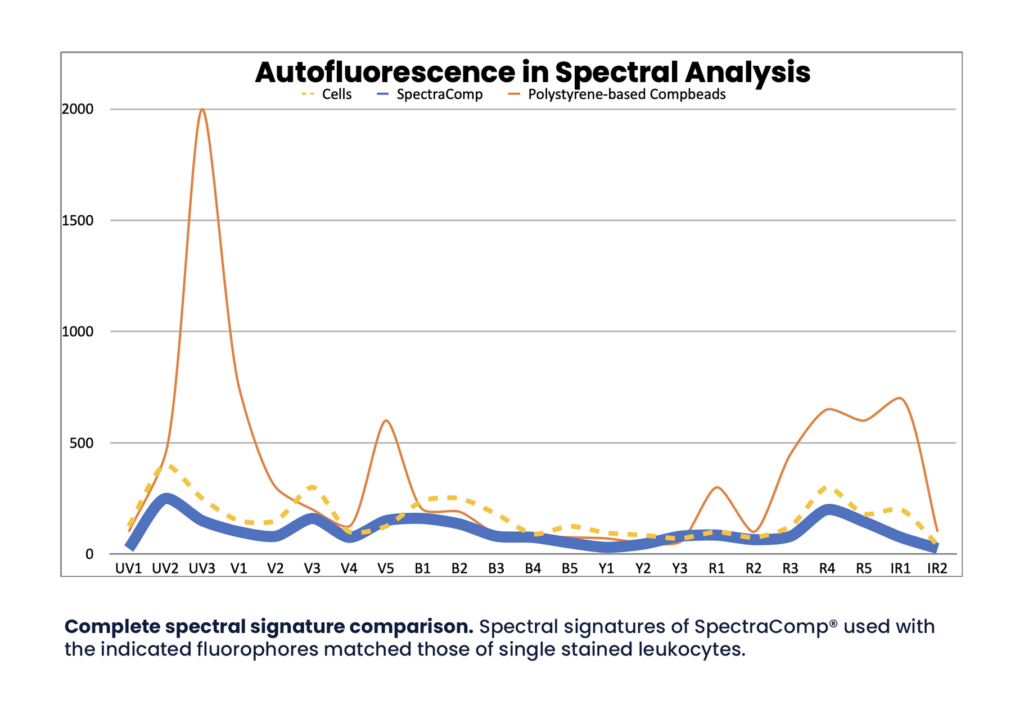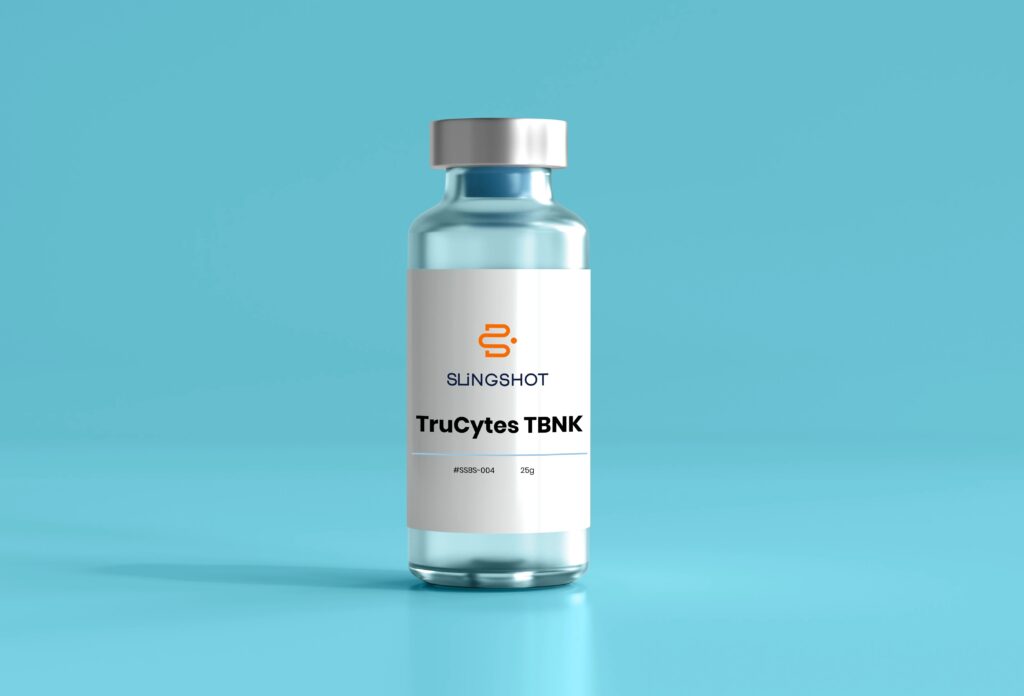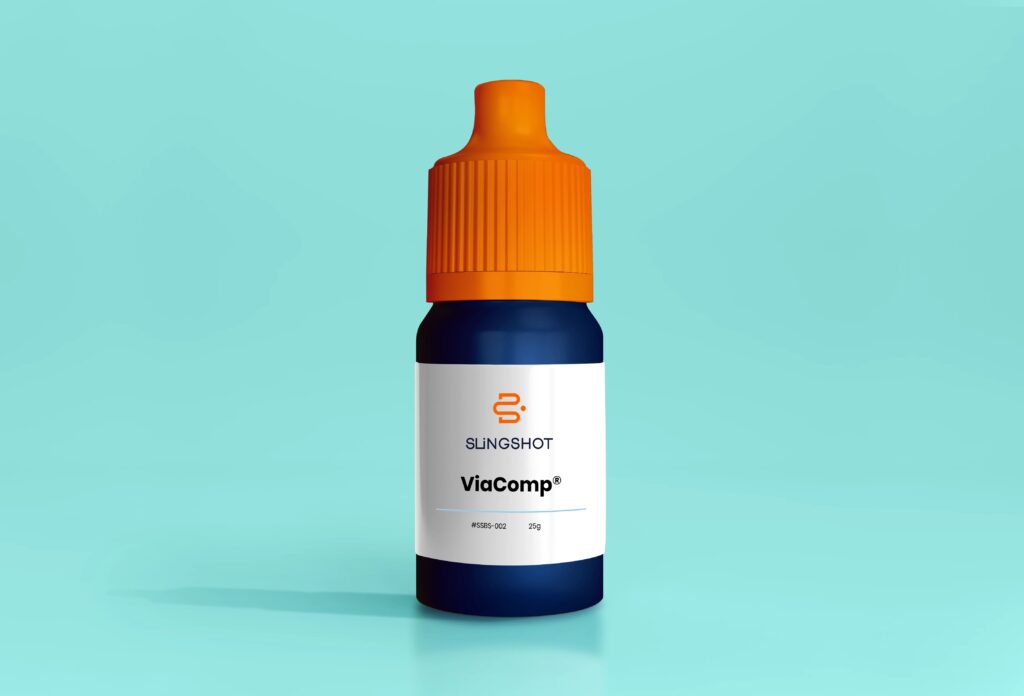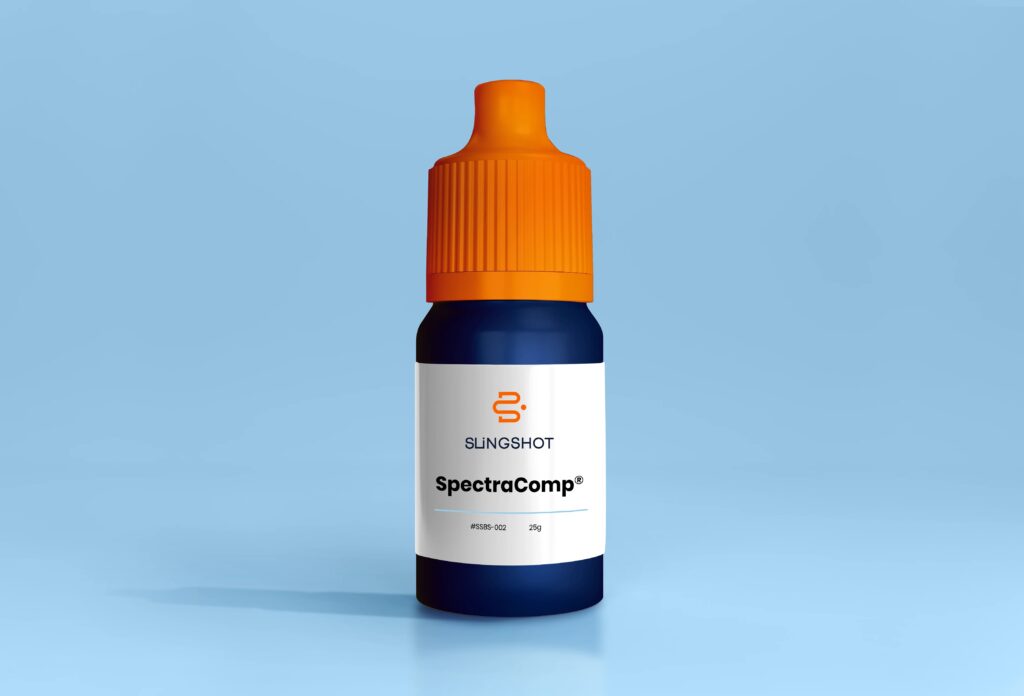Assay Controls
Improve Repeatability and Reliability
Cell-based assays play a vital role in drug discovery and development. Reproducibility of the results is largely dependent on the quality of the cellular controls.
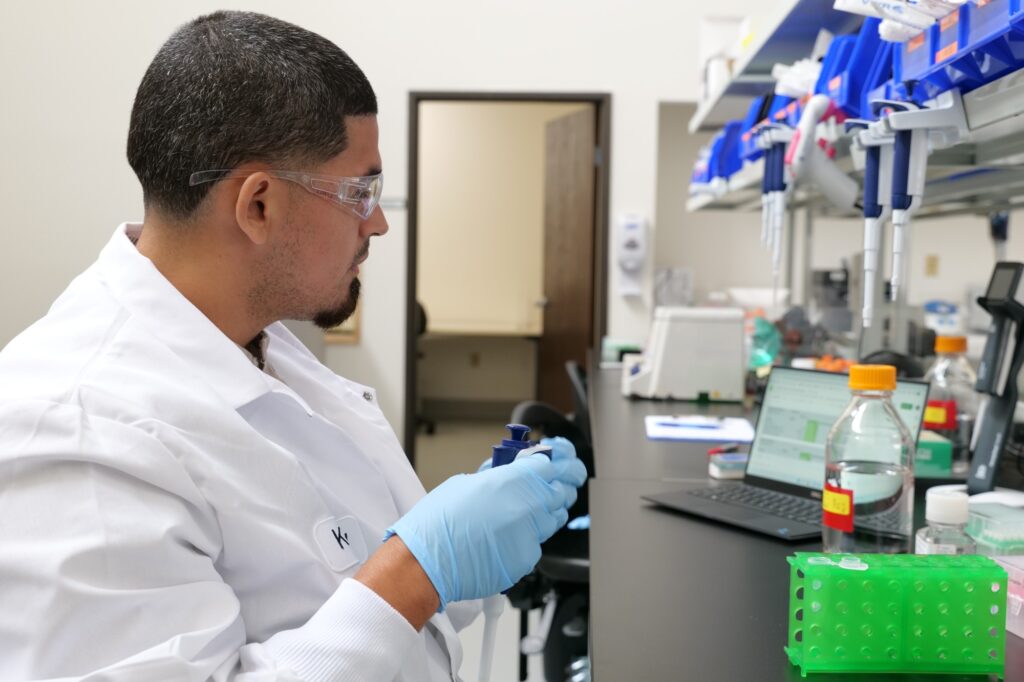
Overview
To reduce variables and gain confidence in the results, assay controls are a critical bedrock of good science.
This is even more important in complex and multi parameter cell analysis assays that utilize flow cytometry, NGS and other methods to interrogate cells. The most valuable assay controls go beyond simply providing positive and negative readouts, and can both mimic the testing process and report out the assay accuracy and sensitivity.
Procedural controls help to ensure that the assay is run properly and all aspects are performed as expected. Most importantly, the procedural controls must be a material that can go through the same established procedures as the testing sample. Typical procedural controls, such as beads, cells or analyte, cannot be fully used in the process, yield inconsistent results or are post-process spike-ins. Similarly, multi-level controls such as LLOQ/LLODs (lower limit of quantification/detection) are informative for ensuring the sensitivity of the assay. The fundamental challenge has been that these controls either do not exist in biological specimens or do not work simultaneously as procedural controls.
The next generation of assay controls need to be multifaceted enough to serve as accurate sensitivity controls while being robust enough to function simultaneously as process controls. With the breakthrough cellular mimics developed at Slingshot, we offer the first-of-its-kind solution to this fundamental challenge in assay controls.
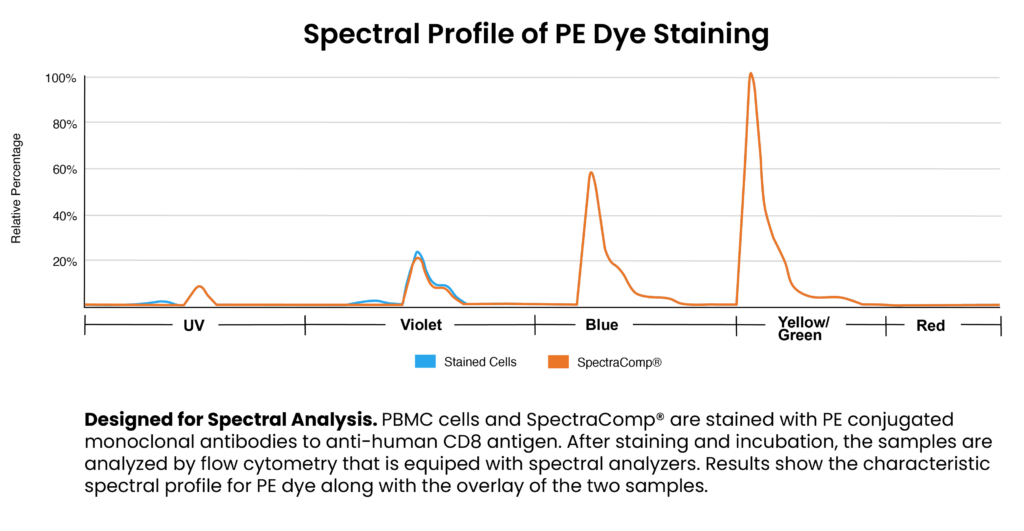
Shortcomings of Current Methods
Reproducibility and quality are vital for cell-based assay development. Ensuring a standard of quality and viability of controls is difficult with rare-cell biological controls.
Biological Controls
- Batch-to-batch variability
- Increase in cost for assay validation
- Cell line maintenance
- Biohazardous shipping and handling
- Poor stability
Existing Polystyrene beads
- Different properties than cellular material
- Difficulties working with certain major classes of dyes in key flourescence channels

Advantages of Slingshot
- Seamlessly add synthetic cellular controls to your current workflows.
- Optimize, qualify, and validate assays with fewer potential issues while ensuring reproducibility and quality of results.
- Custom synthetic cells can ensure the controls in your assay development confirms the specificity, accuracy, and precision of your study.
- Our beads react with both DNA and amine-reactive dyes to provide 2-in-1 binding to simulate the viability staining of cells.
